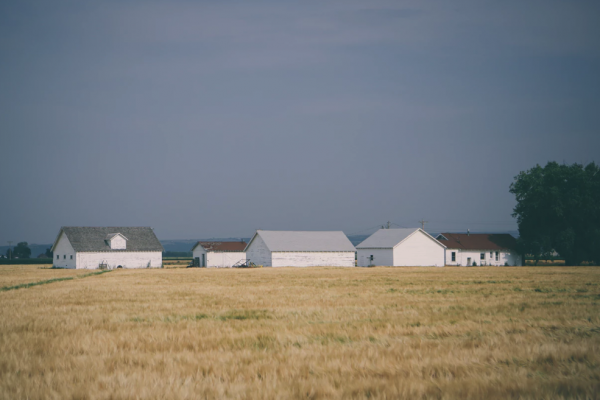What is the most common problem when painting a wall? It is uneven surface due to cracks, dampness or normal ageing. Fortunately, we have the most perfect solution for this problem — a wall care putty. Used for centuries, the putty smoothens the wall surface. It is usually applied before the wall is painted to ensure a smooth surface.
What Is A Wall Care Putty?
Putty is a highly elastic material which is used to provide a smooth surface to wall. It is also used as a sealant or a filler. The texture of the putty is similar to clay. It is used on the cracks and defects on the wall. You can fill holes left by nails, cracks on the wall and even damp patches. It fills up the space. When smoothened, it gives us a smooth wall surface, which can then be painted.
Putties have been used in construction for centuries. The early construction of putty was by mixing chalk and linseed oil. Today we also have other alternatives such as polybutene. Two of the most frequently used putties today are cement or acrylic based.
When To Apply Wall Putty?
The wall care putty is applied before the final paint. While we may use it to carry out some minor repair, its main function is to ensure a smooth wall. It is best to apply the putty before the paint so that we have a smooth surface. It makes painting easier and once the job is finished, we have a seamless finish. It is important to use the putty before the paint so that the paint can cover the patches made by the putty. So, while the putty repairs the wall, the paint helps to hide the signs of repair!
Advantages Of Using Putty
Smoothing the walls: No wall is ever smooth just after construction. Brick and plaster work will leave any wall with a rough and uneven surface. Even with careful finish, you will be left with a less than smooth surface. The putty is the additional coat you need to smoothen the surface. Typically, two coats of the putty are used after plastering to even out the rough edges and see that we have a smooth surface.
Durability of paint: If paint is applied directly to the plaster, it will not last long. It will start chipping and peeling away. Part of the reason is the roughness of the surface. The paint will start to chip at the rough edges. But the main reason is that plaster does not bond well with paint. The paint does not take hold properly on plaster. The wall care putty solves both these problems. It gives you a smooth surface and hence, no cracks for the paint. It also combines with the plaster for better bonding with the paint. You don’t have to worry about the paint flaking or peeling off.
Filling old dents: Old walls often develop dents. It could be holes left behind by nails or cracks that develop over time. If we paint over these as they are, we’ll be left with them since a paint cannot cover these flaws. A putty is used to fill such dents. The putty is filled in the area and the edges are smoothened. When the paint is applied post this repair job, the area gets completely covered and anyone would be hard pressed to find the previous flaws.
Water resistance: The putty is very effective as a water resistant surface. It is a largely impermeable material that does not allow for easy seeping of water through the wall. In this way it gives the home a basic, but valuable weatherproofing. This has many obvious advantages. It helps in protecting the structure and ensure that the residents do not suffer from dampness-related illnesses. It also helps in protecting the value of the property. With a putty, you are less likely to find ugly damp patches on your walls.
A better paint finish: Some of the reasons for its superior finish are already explained. It gives us a smooth surface, which is better in an aesthetic sense. It gives us a smooth seamless finish, which is one of the most essential requirements. Wall care putty also gives us a very rich finish, because it offers a better surface than plaster.
There are many advantages of wall care putty. This is why it is one of the most basic requirements in the finishing of any construction.




















